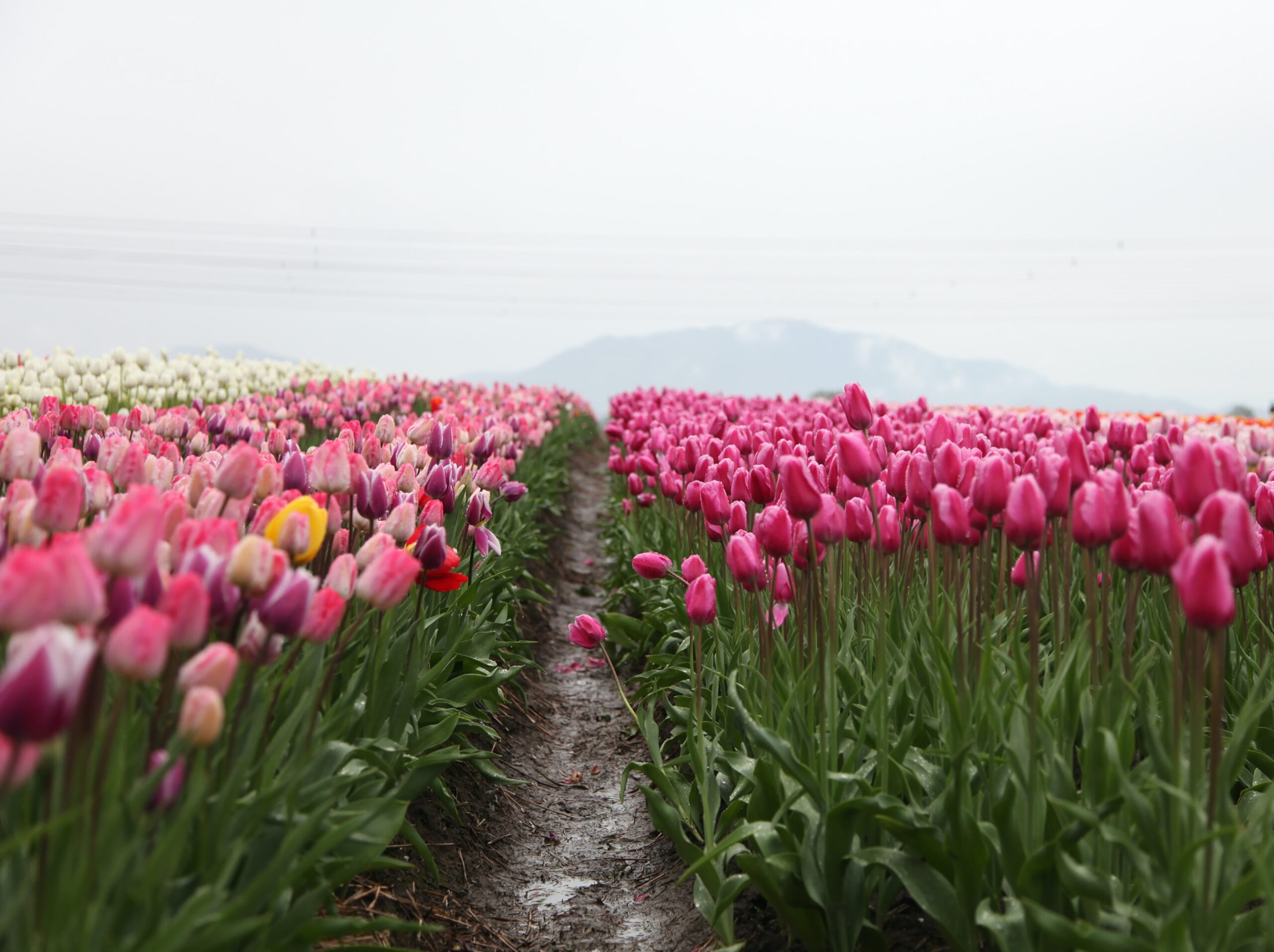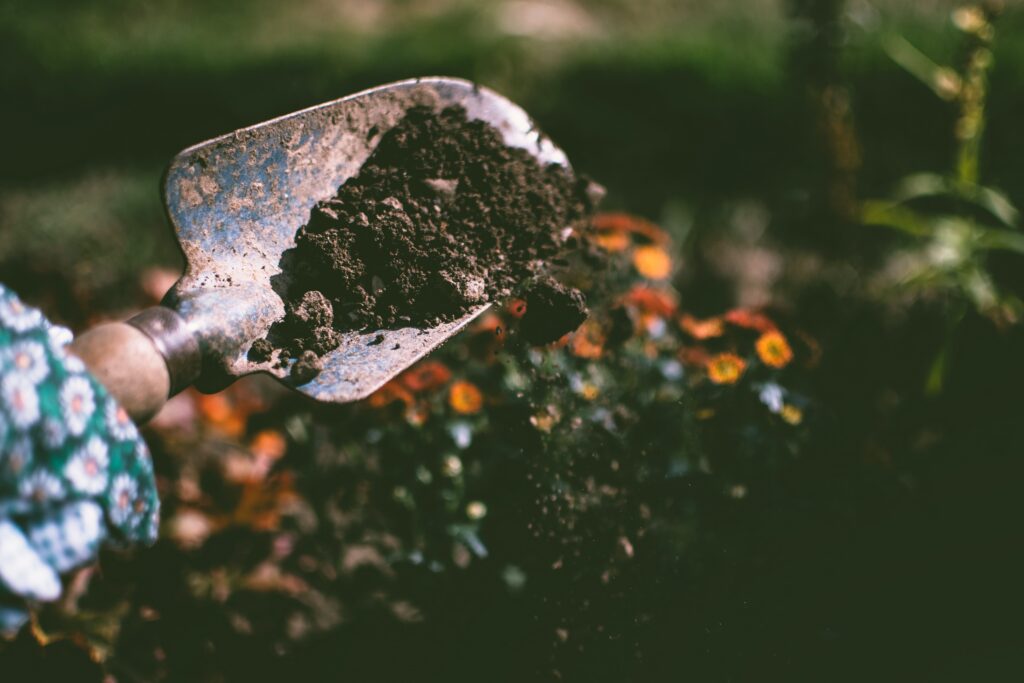6 prerequisites for planting tulips

The vivid and brilliant flowers of tulips make them well-liked and well-known flowers. They are simple to grow and may bring some vibrant color to any landscape or garden. There are a few prerequisites to take into account when planting tulips if you want to make sure your plants grow robust and healthy.
Choose the right location
Tulips should be planted in an area that receives at least six hours of direct sunlight every day. They like sunny spots or partial shade. It’s crucial to pick an area free from the risk of standing water because they also appreciate soil that drains effectively. You might want to select a type that is renowned for thriving in partial shade if you’re planting tulips in an area that receives less than six hours of direct sunlight each day.
Soil Preparation

It’s crucial to strengthen the soil’s structure by incorporating compost or other organic matter and clearing the area of weeds before planting tulips. The tulips’ roots will develop strongly and healthily as a result. You might wish to test your soil’s pH and make any necessary adjustments because of tulips like a soil pH of 6.5 to 7.5. The pH of the soil can be increased by adding lime, whereas the pH can be decreased by adding sulfur.
Plant at the right time
Tulips should be planted in the fall when the soil is chilly but not frozen. This enables the bulbs to take root and establish themselves prior to the arrival of the winter’s cold. Tulips should generally be planted 6 to 8 weeks before the first local frost. Consult your local extension office or online gardening resources if you’re unsure of when the first frost is predicted in your area.
Watering and fertilizers
Water the bulbs well after planting to aid in their settling into the ground. Although they don’t need much water, tulips need to be kept regularly moist until they begin to grow. Tulips can also be fertilized with a slow-release fertilizer or a portion of balanced bulb food to promote their growth and health. For the right quantity and frequency of application, according to the fertilizer package’s directions.
Proper plantation of the bulbs
Tulip bulbs must be buried at the proper depth when being planted. The pointed end of tulip bulbs should be positioned up and should be planted around 6 inches deep. To give them room to grow, they should also be placed about 6 inches apart. When planting tulips in pots or other containers, make sure the pot is big enough to hold the bulbs and that the potting soil is well-draining.
Select the right bulbs
Tulip bulbs exist in a variety of sizes, so it’s crucial to pick ones that are substantial and robust. Bulbs that are mushy or shriveled might not grow properly, and smaller bulbs might not produce as many flowers. Make sure to select tulip bulbs that are free of flaws and damage, and that feel heavy and substantial in your palm when purchasing tulip bulbs.
You can ensure that your tulip plants grow robust and healthy and add a pop of color to your garden or landscape by adhering to these planting requirements. Tulips can be a gratifying and pleasurable addition to any outdoor space with a little bit of forethought and care.